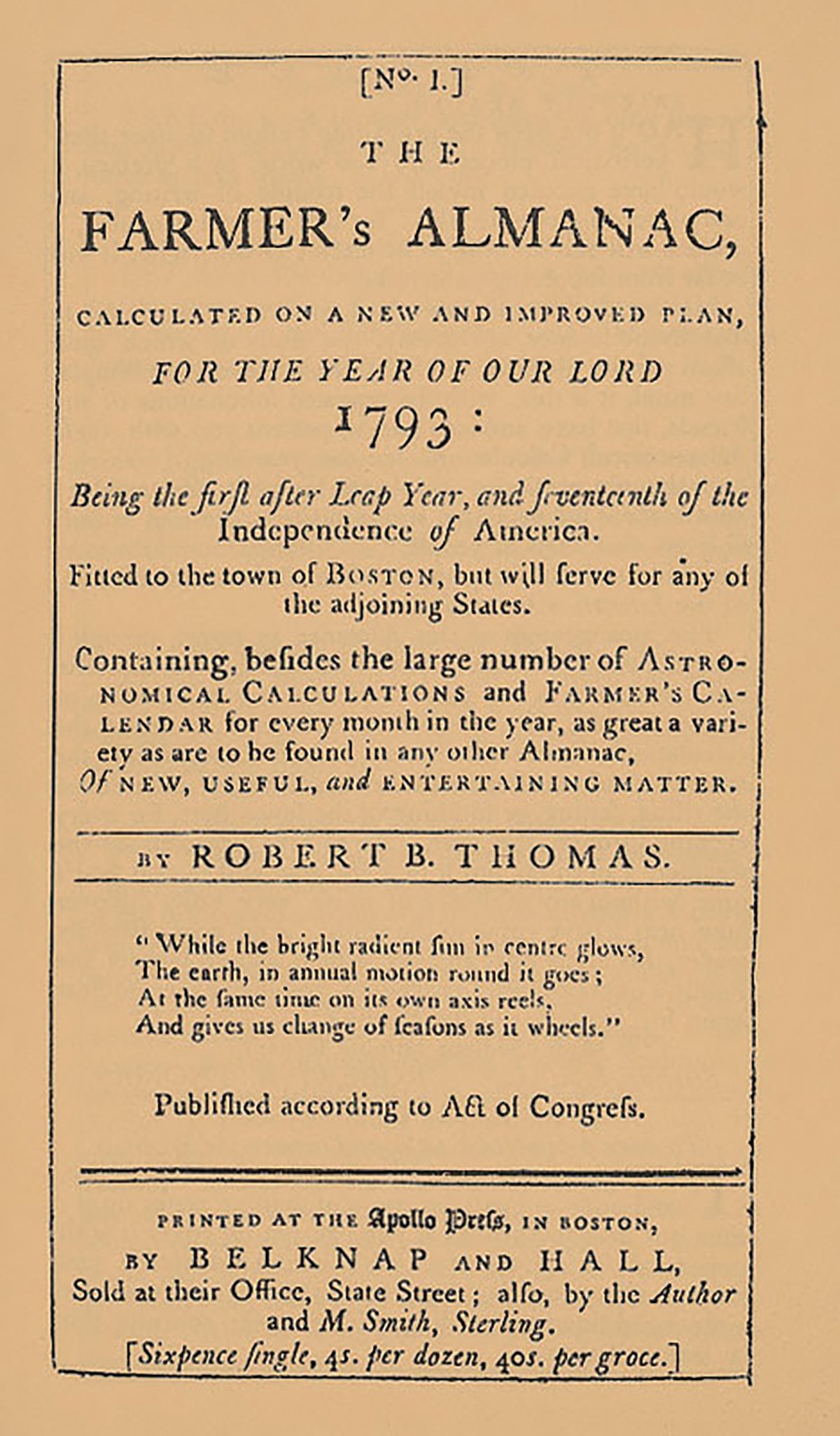By Christine MacIntyre
Obsessive Intrusive Magical Thinking by Marianne Eloise is a raw and compelling exploration of the author’s journey through the labyrinth of neurodiversity. Eloise candidly invites readers into the intimate corridors of her mind, offering a poignant and authentic account of living with intrusive thoughts, and the relentless pursuit of magical thinking.
The narrative unfolds with a captivating blend of vulnerability and resilience. Eloise’s writing style is both evocative and unapologetically honest, allowing readers to connect with the challenges she faces on a profoundly personal level. The book delves into the intricacies of autism, ADHD, and obsessive-compulsive disorder (OCD), shedding light on the tormenting nature of intrusive thoughts and how magical thinking can manifest as a coping mechanism.
Immediately, Eloise establishes the premise, articulating that her brain “is loaded by an invisible force beyond my control with ideas, phrases, and images, and without an exit ramp they swoop endlessly through the abyss in my head, an infinite figure-eight of looping thought patterns.” Her poignant expression of internal turmoil resonates with numerous readers, captivating the curiosity of almost everyone else. “I am scatty and disorganised, messy, and distracted,” she writes.
Eloise’s ability to articulate the nuances of her experiences with clarity sets this memoir apart. The narrative transcends the clinical aspects of autism, ADHD, and OCD providing a humanistic perspective that dispels misconceptions surrounding mental health. She touches on everything from emotional to physical elements, obsessions, and all-consuming fascinations to independent body movements and self-harm indicating that she feels the world in extremes. Eloise navigates the complexities of her condition with courage, offering readers a glimpse into the daily struggles, triumphs, and setbacks that come with living under the shadow of obsessive thoughts.
The deeply personal nature of OCD manifests both in its debilitating effects and its ability to conceal itself within the individual, contributing to widespread misunderstanding and a lack of accurate representation in popular culture. Throughout her journey, Eloise says she’s tried to untangle the obsessive parts of her brain and those that are simply her. In finding no separation, she discovered a way to appreciate and even like herself for what she is—autistic, obsessive, sincere, empathetic, and sometimes disruptive.
Throughout the book, Eloise weaves a narrative that educates readers and advocates for understanding and compassion for those grappling with similar challenges. Through her story, she breaks down barriers and fosters solidarity among individuals. Admissions such as “I always felt like a raw nerve, but then, I thought that everyone did” have a significant impact. She nurtures readers by taking them on a journey through her life from mundane experiences such as homework battles, to learning to understand and conquer the sea, family dysfunction, and other childhood traumas.
While Eloise doesn’t pretend her life is perfect, she does highlight many positive aspects of learning to live with OCD and other neurological disorders. “[Obsession has] taken me on journeys across the world in pursuit of the things that interest me, and it always wins against the things that I find hard about being alive.”
Her awareness of her surroundings and seeing things for what they are—an end to time, the inevitability of winter, her relationship to the cruel constraints of the world, that everything good will end—is a gift in a way. Within my capabilities, I make the most of everything. I feel unable to settle for anything less than exactly what I want.” This ability is woven throughout the book. Each chapter discusses a place, event, person, or idea that has significantly impacted her and changed her perception.
For instance, one of the chapters titled, “Yesterday, Tomorrow, and Fantasy” is about Disneyland which Eloise realizes she should despise due to its crowds, noise, and high costs. Yet, she loves it. There, she discovered that it is possible to break free from societal restrictions and embrace what is possible when you stop caring about what others think is acceptable or feasible.
In the chapter “Long Live the New Flesh,” Eloise delves into her complex relationship with her body. While some concepts will likely seem foreign to some readers (such as self-harm or sensory processing issues) others, such as chronic pain and on-again-off-again battles with our bodies will resonate with many. In any case, readers can walk away with new knowledge, insights, and hopefully, new perceptions of themselves and how they fit into the world. She avoids fluff, instead relying on straightforward statements followed up with action that readers can glean from. “My body will always be beyond my control… But it is mine: I am a ghost and my body is my haunted mansion, and I will persevere with tending to its grounds until it falls apart entirely. That is a promise.”
Obsessive Intrusive Magical Thinking is a powerful memoir that promotes empathy and encourages society to have a more educated view of mental health. Eloise shares her journey, inspiring those facing similar battles by letting them know they are not alone. The narrative introduces readers to magical thinking and provides them with viable ways to find it. In conclusion, Marianne Eloise’s memoir is a courageous exploration of neurodivergence that fosters a deeper understanding and empathy for those struggling with obsessive-compulsive disorder.
































































































































































































To jump or not to jump? As I stood in the corner of a six-story parking structure looking down, my thoughts were flooded with pain. Looking up from time to time I would notice the beauty of the colors in the sky as the sun started to set. These were fleeting moments with a heavy darkness and continual thoughts of all the horrors, terror, fear, and pain in the world and my own life.